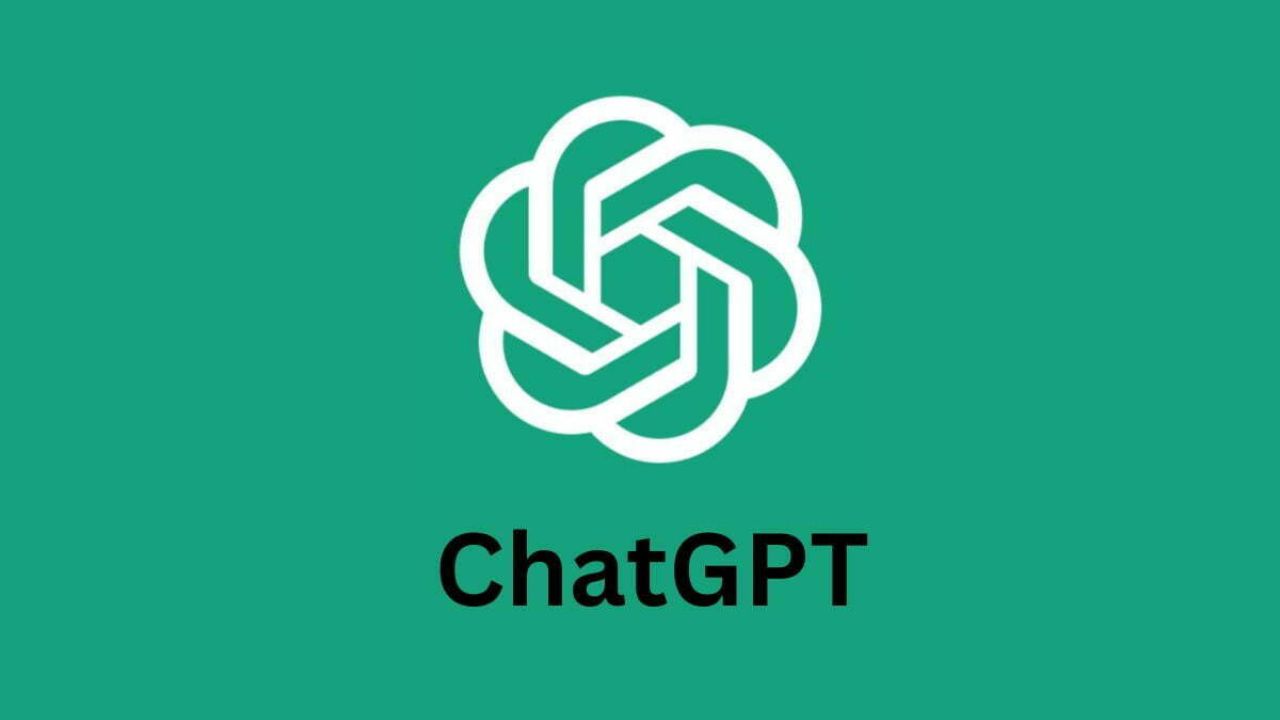
Note: This is a guest post written by Tom Nelly – In the ever-evolving landscape of the IT industry, the importance of software testing and quality assurance has never been more critical. As we step into 2023, the role of QA professionals in ensuring the reliability, security, and performance of software applications remains paramount. In this article, we will delve into the latest trends, methodologies, and tools that are shaping the world of software testing and quality assurance in 2023.
The Evolution of Software Testing
From Manual to Automated Tasks
Traditionally, software quality assessment primarily relied on manual processes. However, the demands of modern software development have necessitated a shift towards automation. In 2023, automated software examination has become the norm rather than the exception. Automation not only accelerates the evaluation process but also enhances test coverage, reduces human error, and ensures consistency. Automation frameworks such as Selenium, Appium, and JUnit have continued to gain popularity.
Shift-Left Testing
The leading providers of QA services offer shift-left testing – a paradigm that emphasizes early quality assessment in the software development lifecycle (SDLC). It encourages QA teams to get involved from the initial stages of software design and development, allowing for early identification and resolution of defects. In 2023, this approach has gained widespread adoption, with tools like Jenkins, CircleCI, and Travis CI facilitating continuous integration and continuous testing (CI/CT) practices.
The Impact of Artificial Intelligence (AI)
AI-Powered Testing
Artificial Intelligence (AI) and Machine Learning (ML) have revolutionized software QA practices. AI-powered tools can generate test cases, identify potential vulnerabilities, and even predict areas where defects are likely to occur. In 2023, AI-driven automation frameworks, like Test.ai and Applitools, have gained prominence, reducing the manual effort required for case creation and maintenance.
AI in Test Data Management
AI has also found its way into data management. Test data generation and management have traditionally been challenging, but AI algorithms can now create realistic data, ensuring comprehensive coverage. This innovation in data management is a game-changer for QA teams striving for effective and efficient analysis.
The Rise of DevOps and Continuous Delivery
DevOps and QA Integration
The integration of quality assurance into DevOps practices is a significant trend in 2023. This alignment ensures that QA processes are seamlessly integrated into the development and deployment pipeline, enabling continuous testing. Tools like Docker, Kubernetes, and Ansible, combined with DevOps practices, have made it possible to create consistent testing environments across the SDLC.
Continuous Testing (CT)
CT is a cornerstone of DevOps, and in 2023, it has become more sophisticated. CT involves automating tests throughout the entire SDLC, providing rapid feedback to development teams. With the adoption of microservices architecture and containerization, it’s easier than ever to set up automated tests that run on every code commit, ensuring that software is always in a releasable state.
The Increasing Significance of Functional Testing
In an era where user satisfaction is paramount, the analysis of functionality has assumed a pivotal role in the realm of software quality assurance. The spotlight on functional testing solutions has never been brighter than now. Organizations are channeling substantial resources into advanced frameworks and automation tools like Selenium, JUnit, and TestNG to meticulously validate whether their applications perform as intended, ensuring a seamless and reliable user experience. The evaluation of software functionality is no longer a mere checkpoint; it’s a proactive approach that fosters confidence in software functionality, making it a cornerstone of robust software development practices.
Security Testing Takes Center Stage
The Growing Importance of Software Security
With the increasing frequency and sophistication of cyberattacks, security testing has emerged as a critical component of software quality assurance. In 2023, the focus on security verification has never been more prominent. Organizations are investing heavily in tools like OWASP ZAP, Burp Suite, and Nessus to identify and rectify vulnerabilities before they can be exploited.
Shift-Right Testing
This approach complements the shift-left one by focusing on testing in the production environment. It involves continuous monitoring and checking of applications in real-world scenarios, allowing organizations to proactively identify and address issues that may not have been apparent during pre-release examination. In 2023, the shift-right methodology has become an integral part of the QA strategy, enhancing post-release quality.
Accessibility and Inclusivity Testing
Inclusivity in Software
Inclusivity is not just a social responsibility but also a legal requirement in many regions. Ensuring that software applications are accessible to individuals with disabilities is essential. In 2023, accessibility testing tools and practices have gained prominence, ensuring that software is usable by all, regardless of their abilities or disabilities.
The Role of AI in Accessibility Testing
AI’s pivotal role in software accessibility testing cannot be overstated, as it spearheads a paradigm shift in the way applications are evaluated against accessibility standards. In our contemporary software landscape, where inclusivity is a non-negotiable priority, AI-driven tools such as axe-core and A11y are transforming the accessibility testing landscape. These tools have emerged as powerful allies, enabling organizations to proactively detect and address accessibility issues right from the earliest stages of application development.
By leveraging AI algorithms, these tools scrutinize applications with unparalleled precision, identifying potential obstacles for users with disabilities, whether it’s screen reader compatibility, keyboard navigation, or adherence to WCAG (Web Content Accessibility Guidelines). This automated evaluation not only expedites the identification of accessibility pitfalls but also fosters a culture of accessibility consciousness within development teams.
Conclusion
As we step into 2023, the software quality assurance landscape has undergone a significant transformation. The integration of automation, AI, and DevOps practices has revolutionized how QA professionals ensure the reliability, security, and performance of software applications. Accessibility and inclusivity have become fundamental, reflecting a commitment to creating software that every user can engage with.
In this dynamic environment, QA professionals must continually adapt and embrace the latest tools and methodologies to stay ahead. The software testing and quality assurance field has never been more exciting, and 2023 promises to be a year of innovation and growth.
Frequently Asked Questions
What is shift-left testing, and why is it important in 2023?
This approach emphasizes early QA practices in the software development lifecycle (SDLC). It’s important in 2023 because it allows quality assurance teams to get involved from the beginning, identifying and resolving defects early in the development process. This leads to higher-quality software and faster delivery.
How is AI being used in software testing in 2023?
There are various ways AI is being used in QA processes in 2023. It powers automation frameworks, assists in test data management, and can even predict potential defects. AI is a game-changer, making software analysis more efficient and effective.
What is shift-right testing, and why is it significant in 2023?
This approach focuses on examining software in the production environment, continuously monitoring applications in real-world scenarios. In 2023, it’s significant because it helps organizations identify and address issues post-release, ensuring better post-release quality and user satisfaction.
Why is security testing more critical in 2023?
Software security is more critical in 2023 due to the increasing frequency and sophistication of cyberattacks. Organizations are investing in security testing tools to identify and rectify vulnerabilities before they can be exploited, safeguarding their applications and data.
What is inclusivity testing, and why is it important in 2023?
By checking the software’s inclusivity, you ensure that applications are accessible to individuals with disabilities. It’s important in 2023 because it reflects a commitment to creating software that is usable by everyone, complying with legal requirements and enhancing the user experience for a wider audience.






